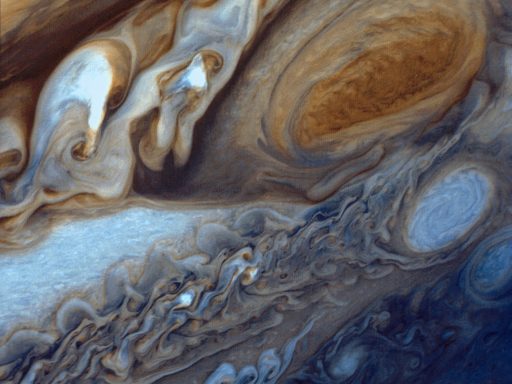As today is St Patrick’s Day and I’m of the Paddy persuasion myself, here are a few objects with Irish links in our astronomy collection. This is one of the earliest mechanical models of the Solar System, on display in Science in the 18th Century. It was made for the 4th Earl of Orrery, Charles Boyle. His County Cork title gave its name to subsequent planetary models. Another Irish peer with a keen interest in astronomy was William Parsons, the 3rd Earl of Rosse. He built several […]
This week in 1977, astronomers discovered faint rings around Uranus. Or did they? It’s just possible that William Herschel beat them to it by almost 200 years. Herschel’s notes for February 22, 1789 say ‘A ring was suspected’. It was assumed he was mistaken, but Dr Stuart Eves, inspired by one of our objects, has a theory that could explain Herschel’s observations. A few years ago, Stuart visited our Blythe House store to see this orrery, or planetary model – the only surviving one of this design. It shows Uranus with six moons. […]
Eighty years ago today, a young American astronomer discovered tiny Pluto. Clyde Tombaugh was searching for a predicted ‘Planet X’ that might explain oddities in the orbits of Neptune and Uranus. Tombaugh spent months painstakingly photographing the same sections of sky and studying the images with a blink comparator. On 18 Feburary 1930, he noticed that on photographs taken a few nights apart that January, one ‘star’ had moved, indicating that it was actually a nearby object moving against the fixed […]
Alison Boyle, Keeper of Science Collections, says goodbye to The International Year of Astronomy 2009.

Alison Boyle, Keeper of Science Collections, celebrates Galileo Galilei’s discovery of Jupiter’s moons.
Picture the scene. Two men are lurking at a London station, waiting for the Glasgow train. The train arrives and a third man disembarks, wheeling a suitcase. The three exchange some quick words of identification, the Londoners give the man from Glasgow an envelope of papers and he hands over the suitcase. The Londoners jump into a taxi with the suitcase … which contains a 23kg sapphire. No, it’s not a scene from the latest Bond movie. The man on […]
It’s ten years this week since the XMM-Newton space observatory launched. The biggest scientific satellite ever built in Europe, it has studied black holes, tracked how chemical elements are scattered in supernova explosions, and revealed that Mars’s atmosphere is bigger than previously thought. XMM stands for X-ray Multi Mirror (the Newton bit is in honour of a certain Sir Isaac). X-rays can pass right through ordinary mirrors, so each of XMM’s three telescopes contains 58 cylindrical gold-plated mirrors nested together. […]
Alison Boyle, Keeper of Science Collections, takes a closer look at a framed embroidered illustration of an astrologers prediction.
Alison Boyle, Keeper of Science Collections, talks more about the Cosmic Collections launch.
Gaetan Lee is organising tomorrow’s launch event for Cosmic Collections, our website competition. Find out a little more about what to expect.
Mia Ridge, Lead Web Developer, answers a few questions about the Cosmic Collections website ‘mash-up’ competition.
Ali Boyle, Curator of Astronomy at the Science Museum, answers a few questions about our newest exhibition.